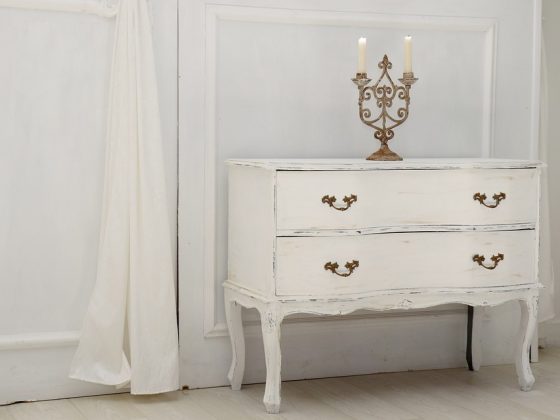Creating your own style guide for fashion can be a fun and exciting process. Whether you are a fashion enthusiast looking to define your personal style or a business looking to establish a cohesive brand identity, having a style guide can help you stay consistent and stand out in a crowded marketplace. In this ultimate guide, we will walk you through the key steps to creating your own style guide for fashion, along with some frequently asked questions to help you along the way.
Step 1: Define Your Brand Identity
Before you can create a style guide, you need to have a clear understanding of your brand identity. What values and messages do you want to convey through your fashion choices? What sets you apart from other brands or individuals? Take some time to brainstorm and define your aesthetic, colors, fonts, and overall vibe that you want to communicate to your audience.
Step 2: Determine Your Target Audience
Next, consider who your target audience is and what they are looking for in fashion. Are they drawn to minimalist, clean lines, or bold, statement pieces? Understanding your target audience’s preferences and style will help you tailor your style guide to meet their needs and interests.
Step 3: Create Mood Boards
Mood boards are a visual tool that can help you gather inspiration and ideas for your style guide. Collect images, colors, textures, and patterns that resonate with your brand identity and target audience. Use these mood boards as a reference point when creating your style guide to ensure consistency and cohesiveness.
Step 4: Develop Key Elements
Once you have a clear understanding of your brand identity and target audience, it’s time to start developing the key elements of your style guide. This may include:
– Logo: Design a logo that encapsulates your brand identity and can be easily recognizable across all platforms.
– Color Palette: Choose a color palette that reflects your brand’s aesthetic and use these colors consistently throughout your fashion choices.
– Typography: Select fonts that complement your brand identity and ensure they are used consistently in all written communication.
– Photography Style: Determine the style and tone of photography that best represents your brand and use this style across all visual content.
Step 5: Establish Guidelines
With your key elements in place, it’s important to establish guidelines for how these elements should be used. This may include rules for logo placement, color usage, font sizes, and photography styles. By setting clear guidelines, you can ensure consistency and coherence in your fashion choices.
Step 6: Create Visual Examples
To help bring your style guide to life, create visual examples that showcase how your key elements should be used. This may include outfit inspiration, flat lays, or mood boards that demonstrate how the colors, fonts, and photography styles work together to create a cohesive look.
Step 7: Update and Revise
Creating a style guide is an ongoing process that may require updates and revisions as your brand evolves. Stay flexible and open to feedback from customers and collaborators to ensure your style guide remains relevant and resonates with your audience.
FAQs
Q: How do I determine my brand identity?
A: Take some time to reflect on what values and messages are important to you and your brand. Consider your personal style, interests, and inspirations to help define your aesthetic and brand identity.
Q: How do I choose a color palette?
A: Think about the emotions and feelings you want to evoke through your fashion choices. Choose colors that resonate with your brand identity and target audience, and ensure they complement each other and can be used across various platforms.
Q: Can I use my style guide for personal fashion choices?
A: Absolutely! A style guide can be a helpful tool for defining your personal style and ensuring consistency in your fashion choices. Use the key elements and guidelines as inspiration for creating a wardrobe that reflects your unique personality and taste.
Q: How often should I update my style guide?
A: It’s important to regularly review and update your style guide to keep it fresh and relevant. Consider revisiting your style guide every few months or as needed to ensure it aligns with your evolving brand identity and target audience.
Creating your own style guide for fashion can be a rewarding and empowering process. By following these key steps and frequently asked questions, you can establish a cohesive brand identity or define your personal style with confidence and flair. Remember to stay true to your vision, stay open to feedback, and have fun experimenting with different elements to create a style guide that truly represents who you are.









